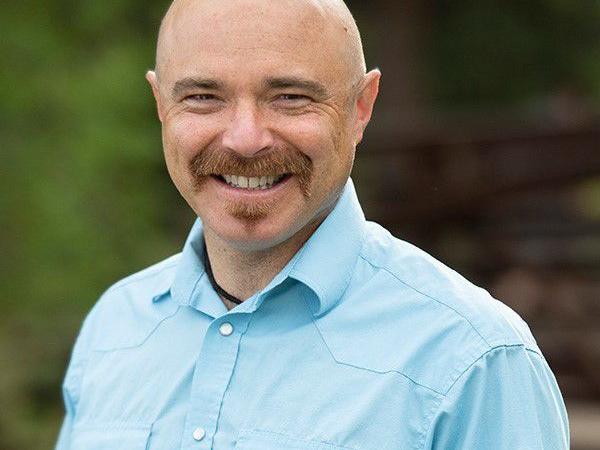A new wave of river conservation is on the rise. The ongoing early summer heatwave that has enveloped our valley bottoms and sent Montanans to seek refuge in cold, clean streams highlights the appreciation we have for heathy rivers and the urgency to conserve them.
In the Treasure State, we are fortunate to be represented by a senator who shares our values. On Thursday June 24, Sen. Jon Tester reintroduced the Montana Headwaters Legacy Act to safeguard important rivers for the well-being of our economy, environment, and quality of life. The senator’s action is inspired by the renowned streams that are the lifeblood of the region’s outdoor recreation and agricultural industries.
When passed into law this new legislation will protect 20 streams in the Greater Yellowstone Ecosystem and Smith River system as national Wild and Scenic Rivers, the highest form of river protection in the U.S. This includes the public lands sections of the Madison, Gallatin, Yellowstone, Boulder, Stillwater, Smith, and several of their cherished headwater tributaries. Their water quality, free-flowing currents and remarkable values will remain, forever. For current and future generations of Montanans who will inherit the wealth of these natural resources, protecting these rivers is essential to livelihoods and lifestyles. The decision to conserve them is monumental and wise. With 387 river miles in the new legislation, passage of the act will nearly double the amount of Wild and Scenic River miles in the state.
Senator Tester’s reintroduction of the Montana Headwaters Legacy Act comes after an eleven-year effort marked by business owners, landowners, sportsmen and conservation groups working together to gather extensive public input from Montanans concerned about maintaining the heritage of healthy rivers in our local watersheds. The reintroduced legislation also responds to recent public comments from landowners and business owners in places like the Madison Valley who wanted more stream miles protected as Wild and Scenic since seeing the bill first introduced in 2020. Even in an era of great social and political division exacerbated recently by a global pandemic, river conservation in Montana has been proven to bring us together. It highlights our collective and shared values around clean water, vibrant fish and wildlife populations, access for recreation and irrigation, and the need to safeguard a sustainable economy.
Through hundreds of one-on-one meetings, and through hosting scores of public events in my tenure as a campaign leader at the Greater Yellowstone Coalition, I have repeatedly heard Montanans utter the Native American idiom, “water is life.” It is an acknowledgement of the intrinsic sacredness of water’s role in sustaining all beings as well as supporting diverse economies. Some members of the Niitsitapi/Blackfeet, Apsaalooke/Crow and Shoshone tribes who all call these mountains, rivers, and valleys of Greater Yellowstone their homelands have spoken this sentiment to my ears. And so have Carbon, Park and Gallatin County commissioners, chamber of commerce directors, whitewater business owners, Big Sky property developers, Madison and Gallatin Valley irrigators, fly fishing outfitters and guides, gear shops, guest lodges and landowners from the Madison River to Rock Creek by Red Lodge.
Regardless of location, Montanans of diverse social and political colors have come together to support the Montana Headwaters Legacy Act. This bill is made in Montana by Montanans. And it is built on the bedrock of consensus that protecting Montana’s economy, environment and quality of life is a mutual benefit venture. Huge thanks to Sen. Tester for his vision to guarantee Montana’s iconic rivers remain clean and free-flowing for generations to come. Now, let’s pass the Montana Headwaters Legacy Act together.
Charles Wolf Drimal is the waters conservation coordinator at the Greater Yellowstone Coalition and a leader within the Montanans for Healthy Rivers coalition
Credit: Source link





























